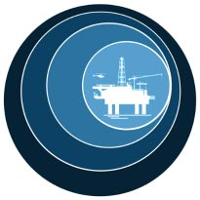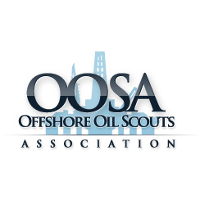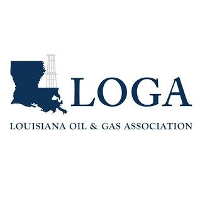Platform Fire
Effective Date: 7/31/1984
 | Minerals Management Service Gulf of Mexico OCS Region |
Notice No. 128
July 31, 1984
OCS Operations Safety Alert
Platform Fire
A recent hydrocarbon fire on an OCS platform was caused by errors in design and operation of production equipment.
A manned platform (condensate) and an unmanned platform (gas) both produced into an 8-inch diameter pipeline going to a central processing facility. The unmanned platform had been shut in for several days because of very cold weather which caused the formation of hydrates and/or ice, and plugged the platform supply gas system. When this platform was brought back on line, the 8-inch line was full of condensate and the increased flow exceeded the separator capacity at the downstream processing facility. The level safety high (LSH) on the separator, which would normally activate the shutdown valve on the incoming pipeline, had been connected downstream of the sight glass gauge cocks which were in a closed position, thereby isolating the LSH from the vessel. Condensate carried over to a scrubber in the glycol contactor which dumps to first- and second-stage suction scrubbers on the Solar compressor. All compressors shut down, and it was noticed that platform fuel gas and instrument supply gas pressure was decreasing and was probably caused by carry-over of the high-pressure separator, which is the primary source of supply gas. With the interruption of supply gas, the first-stage scrubber could not dump fluid to the surge tank through the normally closed dump valve, which resulted in the first-stage scrubber pressure safety valve (PSV) relieving. The second-stage scrubber PSV may have also relieved as a result of 1050 psi contactor dumping into this closed system. The PSVs relieve to an 80-barrel atmospheric tank on the Solar skid, and the automatic drain on this tank was disconnected and plugged for repair of the dump valve at the time of the incident. The tank was not equipped with a level-safety high sensor and vents through an 8-inch line on top of the Solar package. The tank consequently carried over and condensate sprayed onto the exhaust of the 1550 horsepower compressor causing ignition.
The fire was extinguished by platform personnel in about 30 minutes using water and dry chemical wheel units. There were no injuries to personnel, and pollution was limited because of the immediate fire. A cooler, glycol reboiler and compressor building were extensively damaged. Total loss from the fire will approximate $500,000.
The operator's investigation concluded that several design/operational deficiencies were present at the time of the fire, and it is believed that the fire would not have occurred had any one of these problems not existed:
1. The 80-barrel tank was located such that condensate spray which vents could fall on hot surfaces.
SOLUTION: Relocate Solar package relief system to vent condensate spray away from possible ignition sources.
2. The gauge cocks on the high-pressure separator were closed, which isolated the LSH from the vessel and prevented it from shutting in the incoming pipeline. No out-of-service tag.
SOLUTION: Reemphasize the importance of out-of-service tags on all devices that are temporarily out-of-service.
3. The automatic drain on the 80-barrel tank was disconnected and plugged, which allowed the tank to fill up and carry over.
SOLUTION: Insure that operators conduct thorough inspection at beginning of tour and report any unusual changes. Encourage all personnel to ask questions when they do not fully understand the operation of any piece of equipment.
[signed] D.W. Solanas
Regional Supervisor
Rules and Production
Gulf of Mexico OCS Region






